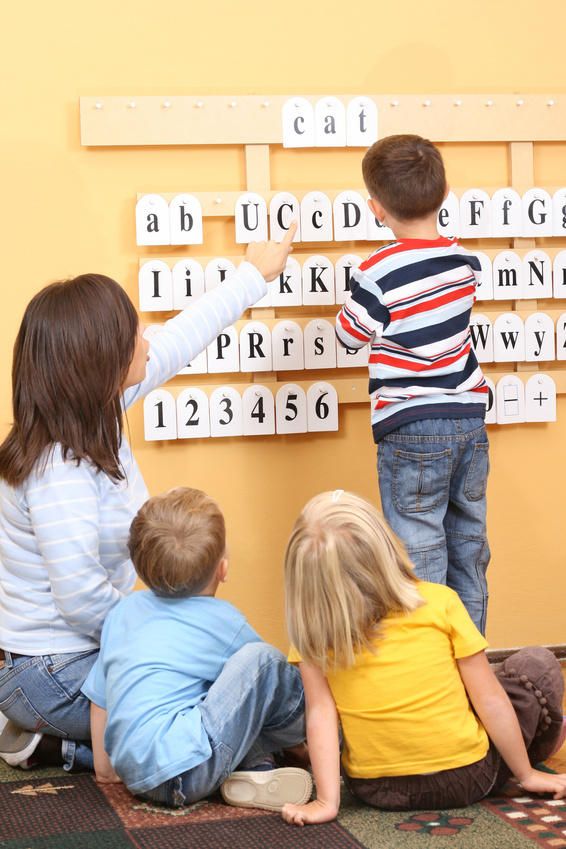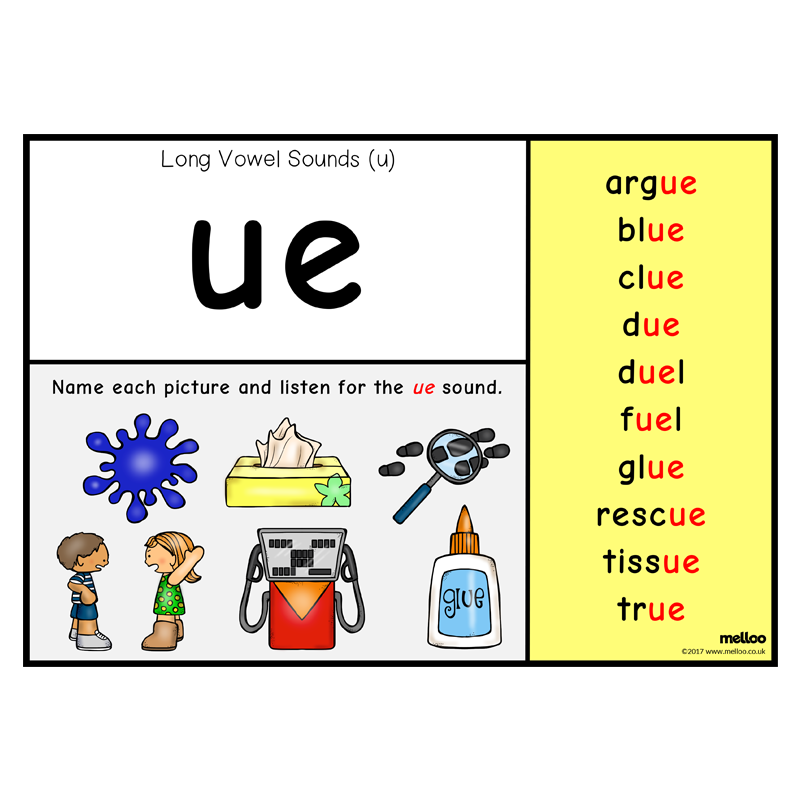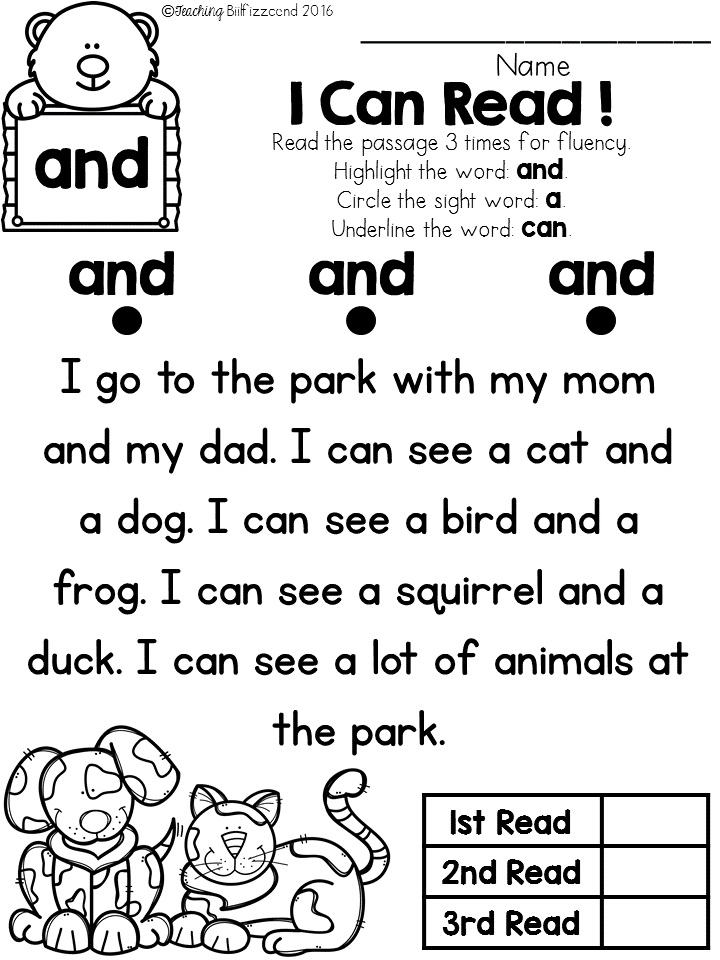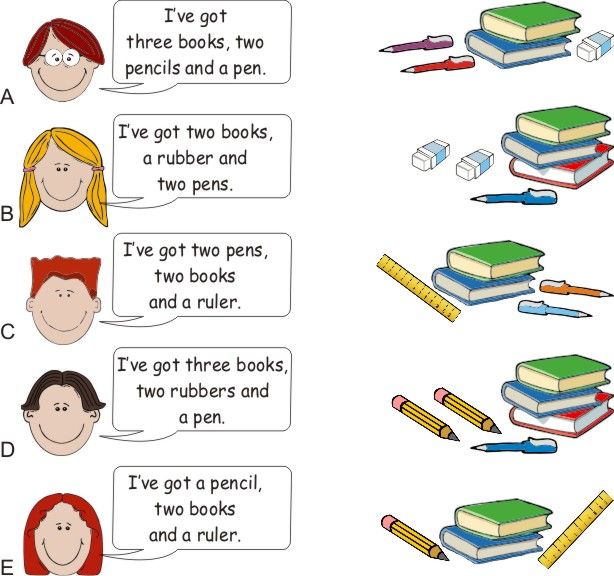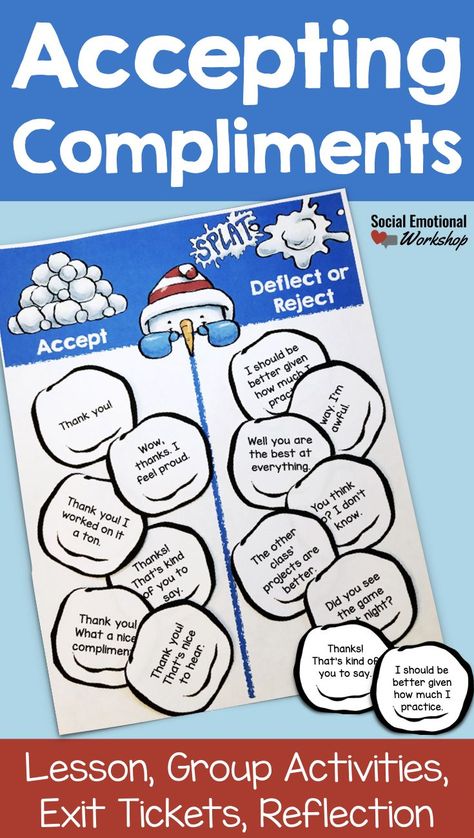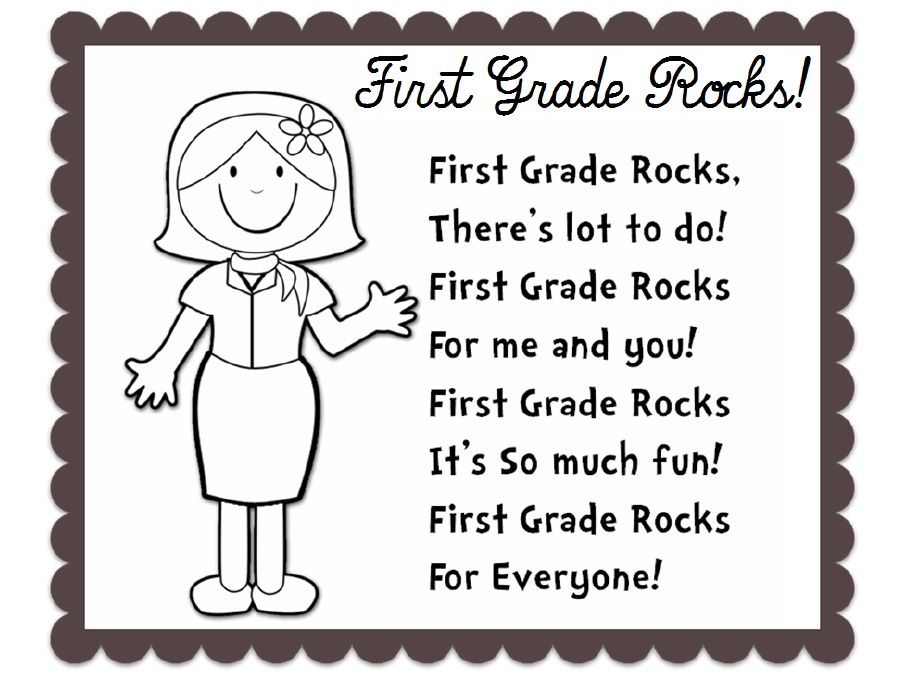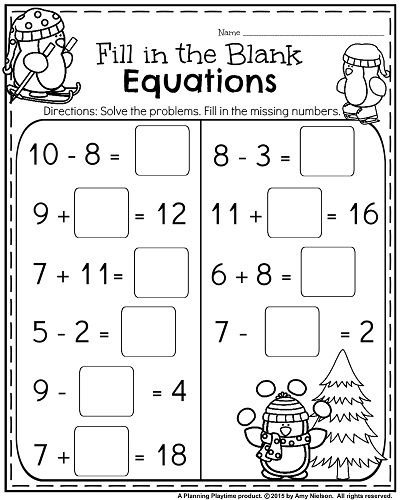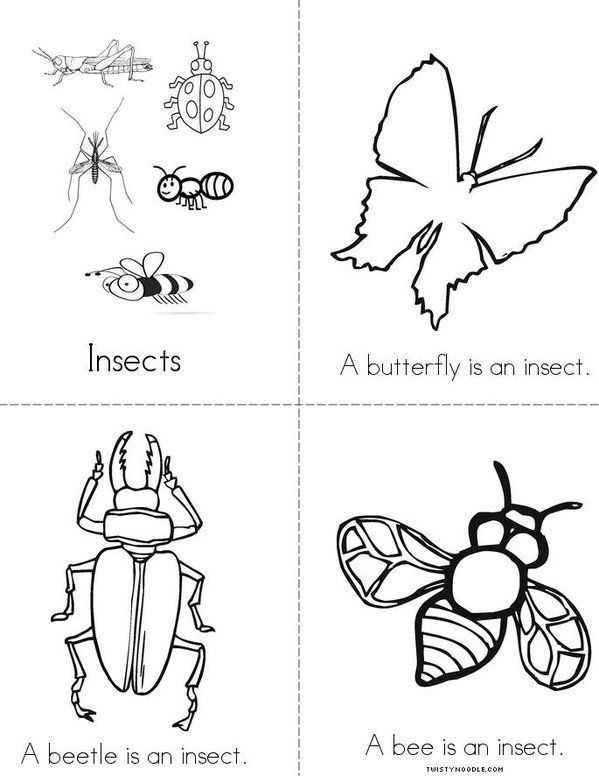Early maths skills
Help Your Child Develop Early Math Skills
Before they start school, most children develop an understanding of addition and subtraction through everyday interactions. Learn what informal activities give children a head start on early math skills when they start school.
Children are using early math skills throughout their daily routines and activities. This is good news as these skills are important for being ready for school. But early math doesn’t mean taking out the calculator during playtime. Even before they start school, most children develop an understanding of addition and subtraction through everyday interactions. For example, Thomas has two cars; Joseph wants one. After Thomas shares one, he sees that he has one car left (Bowman, Donovan, & Burns, 2001, p. 201). Other math skills are introduced through daily routines you share with your child—counting steps as you go up or down, for example. Informal activities like this one give children a jumpstart on the formal math instruction that starts in school.
What math knowledge will your child need later on in elementary school? Early mathematical concepts and skills that first-grade mathematics curriculum builds on include: (Bowman et al., 2001, p. 76).
- Understanding size, shape, and patterns
- Ability to count verbally (first forward, then backward)
- Recognizing numerals
- Identifying more and less of a quantity
- Understanding one-to-one correspondence (i.e., matching sets, or knowing which group has four and which has five)
Key Math Skills for School
More advanced mathematical skills are based on an early math “foundation”—just like a house is built on a strong foundation. In the toddler years, you can help your child begin to develop early math skills by introducing ideas like: (From Diezmann & Yelland, 2000, and Fromboluti & Rinck, 1999.)
Number Sense
This is the ability to count accurately—first forward. Then, later in school, children will learn to count backwards.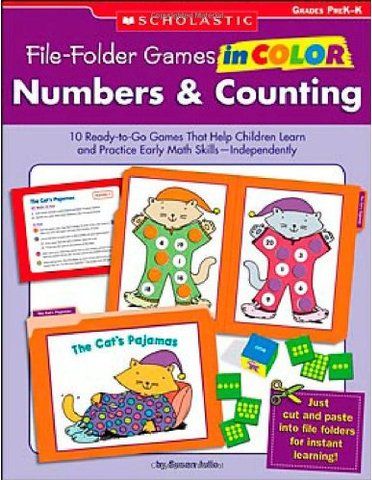 A more complex skill related to number sense is the ability to see relationships between numbers—like adding and subtracting. Ben (age 2) saw the cupcakes on the plate. He counted with his dad: “One, two, three, four, five, six…”
A more complex skill related to number sense is the ability to see relationships between numbers—like adding and subtracting. Ben (age 2) saw the cupcakes on the plate. He counted with his dad: “One, two, three, four, five, six…”
Representation
Making mathematical ideas “real” by using words, pictures, symbols, and objects (like blocks). Casey (aged 3) was setting out a pretend picnic. He carefully laid out four plastic plates and four plastic cups: “So our whole family can come to the picnic!” There were four members in his family; he was able to apply this information to the number of plates and cups he chose.
Spatial sense
Later in school, children will call this “geometry.” But for toddlers it is introducing the ideas of shape, size, space, position, direction and movement. Aziz (28 months) was giggling at the bottom of the slide. “What’s so funny?” his Auntie wondered. “I comed up,” said Aziz, “Then I comed down!”
Measurement
Technically, this is finding the length, height, and weight of an object using units like inches, feet or pounds. Measurement of time (in minutes, for example) also falls under this skill area. Gabriella (36 months) asked her Abuela again and again: “Make cookies? Me do it!” Her Abuela showed her how to fill the measuring cup with sugar. “We need two cups, Gabi. Fill it up once and put it in the bowl, then fill it up again.”
Measurement of time (in minutes, for example) also falls under this skill area. Gabriella (36 months) asked her Abuela again and again: “Make cookies? Me do it!” Her Abuela showed her how to fill the measuring cup with sugar. “We need two cups, Gabi. Fill it up once and put it in the bowl, then fill it up again.”
Estimation
This is the ability to make a good guess about the amount or size of something. This is very difficult for young children to do. You can help them by showing them the meaning of words like more, less, bigger, smaller, more than, less than. Nolan (30 months) looked at the two bagels: one was a regular bagel, one was a mini-bagel. His dad asked: “Which one would you like?” Nolan pointed to the regular bagel. His dad said, “You must be hungry! That bagel is bigger. That bagel is smaller. Okay, I’ll give you the bigger one. Breakfast is coming up!”
Patterns
Patterns are things—numbers, shapes, images—that repeat in a logical way.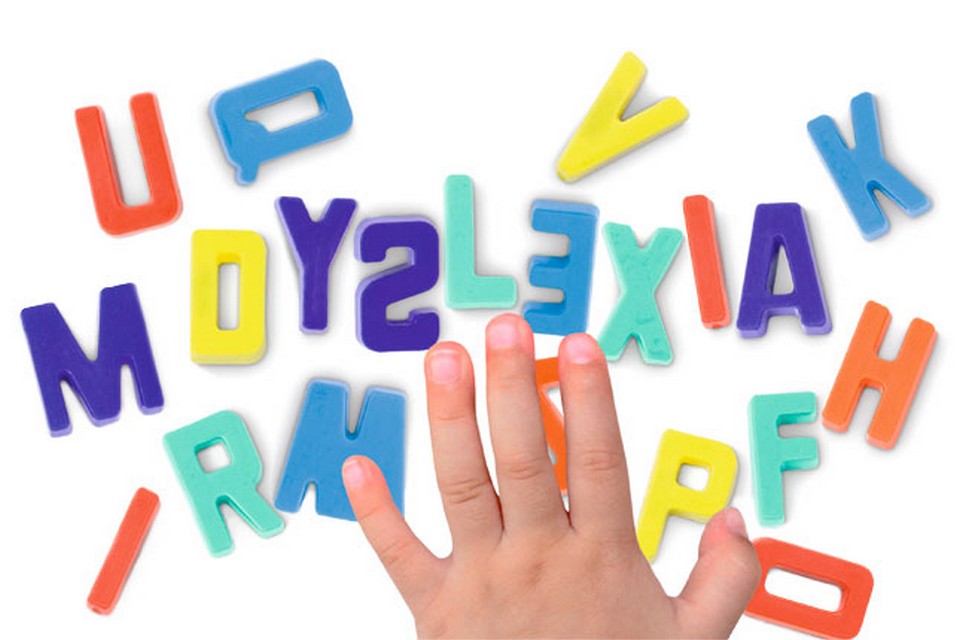 Patterns help children learn to make predictions, to understand what comes next, to make logical connections, and to use reasoning skills. Ava (27 months) pointed to the moon: “Moon. Sun go night-night.” Her grandfather picked her up, “Yes, little Ava. In the morning, the sun comes out and the moon goes away. At night, the sun goes to sleep and the moon comes out to play. But it’s time for Ava to go to sleep now, just like the sun.”
Patterns help children learn to make predictions, to understand what comes next, to make logical connections, and to use reasoning skills. Ava (27 months) pointed to the moon: “Moon. Sun go night-night.” Her grandfather picked her up, “Yes, little Ava. In the morning, the sun comes out and the moon goes away. At night, the sun goes to sleep and the moon comes out to play. But it’s time for Ava to go to sleep now, just like the sun.”
Problem-solving
The ability to think through a problem, to recognize there is more than one path to the answer. It means using past knowledge and logical thinking skills to find an answer. Carl (15 months old) looked at the shape-sorter—a plastic drum with 3 holes in the top. The holes were in the shape of a triangle, a circle and a square. Carl looked at the chunky shapes on the floor. He picked up a triangle. He put it in his month, then banged it on the floor. He touched the edges with his fingers. Then he tried to stuff it in each of the holes of the new toy. Surprise! It fell inside the triangle hole! Carl reached for another block, a circular one this time…
Surprise! It fell inside the triangle hole! Carl reached for another block, a circular one this time…
Math: One Part of the Whole
Math skills are just one part of a larger web of skills that children are developing in the early years—including language skills, physical skills, and social skills. Each of these skill areas is dependent on and influences the others.
Trina (18 months old) was stacking blocks. She had put two square blocks on top of one another, then a triangle block on top of that. She discovered that no more blocks would balance on top of the triangle-shaped block. She looked up at her dad and showed him the block she couldn’t get to stay on top, essentially telling him with her gesture, “Dad, I need help figuring this out.” Her father showed her that if she took the triangle block off and used a square one instead, she could stack more on top. She then added two more blocks to her tower before proudly showing her creation to her dad: “Dada, Ook! Ook!”
You can see in this ordinary interaction how all areas of Trina’s development are working together. Her physical ability allows her to manipulate the blocks and use her thinking skills to execute her plan to make a tower. She uses her language and social skills as she asks her father for help. Her effective communication allows Dad to respond and provide the helps she needs (further enhancing her social skills as she sees herself as important and a good communicator). This then further builds her thinking skills as she learns how to solve the problem of making the tower taller.
Her physical ability allows her to manipulate the blocks and use her thinking skills to execute her plan to make a tower. She uses her language and social skills as she asks her father for help. Her effective communication allows Dad to respond and provide the helps she needs (further enhancing her social skills as she sees herself as important and a good communicator). This then further builds her thinking skills as she learns how to solve the problem of making the tower taller.
What You Can Do
The tips below highlight ways that you can help your child learn early math skills by building on their natural curiosity and having fun together. (Note: Most of these tips are designed for older children—ages 2–3. Younger children can be exposed to stories and songs using repetition, rhymes and numbers.)
Shape up.
Play with shape-sorters. Talk with your child about each shape—count the sides, describe the colors. Make your own shapes by cutting large shapes out of colored construction paper.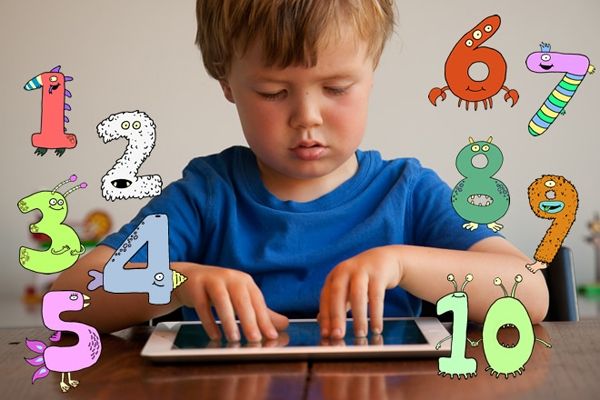 Ask your child to “hop on the circle” or “jump on the red shape.”
Ask your child to “hop on the circle” or “jump on the red shape.”
Count and sort.
Gather together a basket of small toys, shells, pebbles or buttons. Count them with your child. Sort them based on size, color, or what they do (i.e., all the cars in one pile, all the animals in another).
Place the call.
With your 3-year-old, begin teaching her the address and phone number of your home. Talk with your child about how each house has a number, and how their house or apartment is one of a series, each with its own number.
What size is it?
Notice the sizes of objects in the world around you: That pink pocketbook is the biggest. The blue pocketbook is the smallest. Ask your child to think about his own size relative to other objects (“Do you fit under the table? Under the chair?”).
You’re cookin’ now!
Even young children can help fill, stir, and pour. Through these activities, children learn, quite naturally, to count, measure, add, and estimate.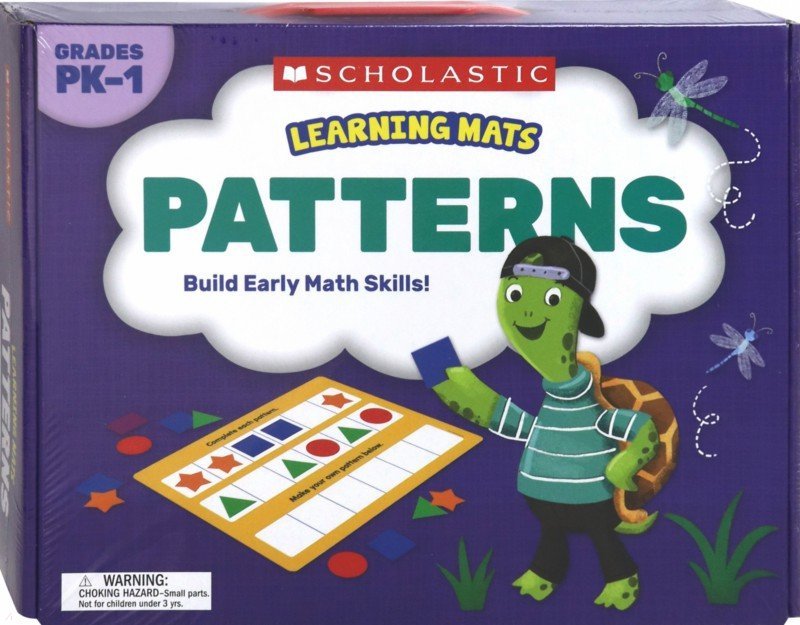
Walk it off.
Taking a walk gives children many opportunities to compare (which stone is bigger?), assess (how many acorns did we find?), note similarities and differences (does the duck have fur like the bunny does?) and categorize (see if you can find some red leaves). You can also talk about size (by taking big and little steps), estimate distance (is the park close to our house or far away?), and practice counting (let’s count how many steps until we get to the corner).
Picture time.
Use an hourglass, stopwatch, or timer to time short (1–3 minute) activities. This helps children develop a sense of time and to understand that some things take longer than others.
Shape up.
Point out the different shapes and colors you see during the day. On a walk, you may see a triangle-shaped sign that’s yellow. Inside a store you may see a rectangle-shaped sign that’s red.
Read and sing your numbers.
Sing songs that rhyme, repeat, or have numbers in them.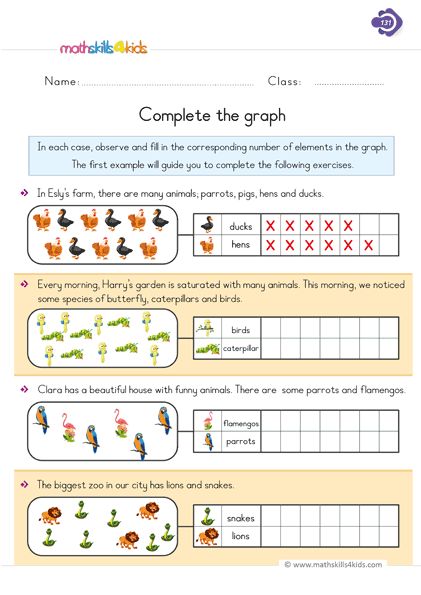 Songs reinforce patterns (which is a math skill as well). They also are fun ways to practice language and foster social skills like cooperation.
Songs reinforce patterns (which is a math skill as well). They also are fun ways to practice language and foster social skills like cooperation.
Start today.
Use a calendar to talk about the date, the day of the week, and the weather. Calendars reinforce counting, sequences, and patterns. Build logical thinking skills by talking about cold weather and asking your child: What do we wear when it’s cold? This encourages your child to make the link between cold weather and warm clothing.
Pass it around.
Ask for your child’s help in distributing items like snacks or in laying napkins out on the dinner table. Help him give one cracker to each child. This helps children understand one-to-one correspondence. When you are distributing items, emphasize the number concept: “One for you, one for me, one for Daddy.” Or, “We are putting on our shoes: One, two.”
Big on blocks.
Give your child the chance to play with wooden blocks, plastic interlocking blocks, empty boxes, milk cartons, etc.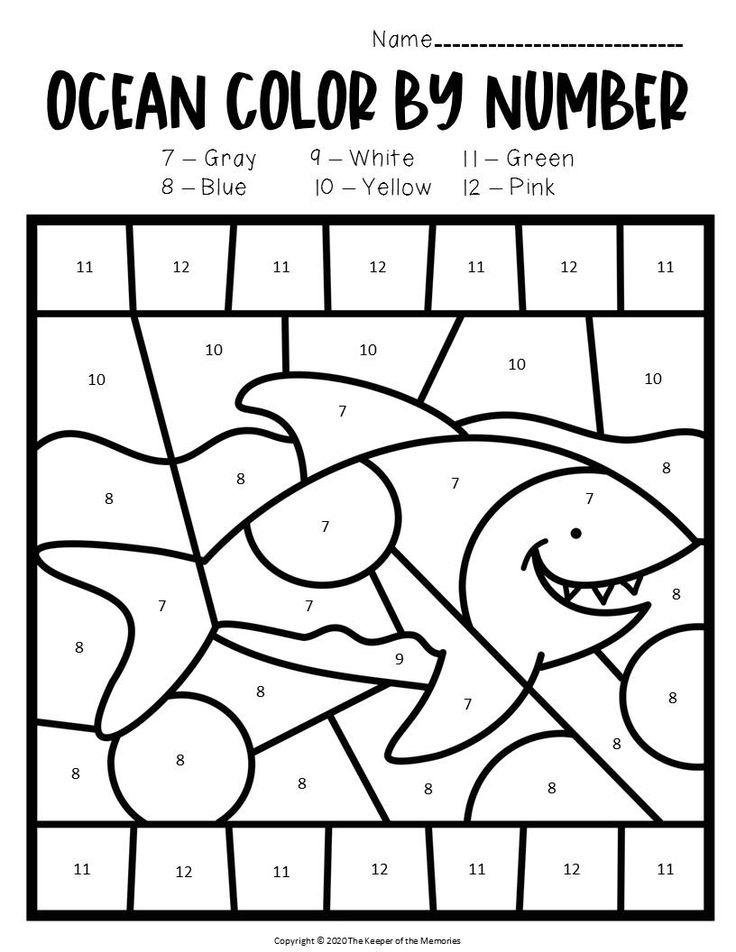 Stacking and manipulating these toys help children learn about shapes and the relationships between shapes (e.g., two triangles make a square). Nesting boxes and cups for younger children help them understand the relationship between different sized objects.
Stacking and manipulating these toys help children learn about shapes and the relationships between shapes (e.g., two triangles make a square). Nesting boxes and cups for younger children help them understand the relationship between different sized objects.
Tunnel time.
Open a large cardboard box at each end to turn it into a tunnel. This helps children understand where their body is in space and in relation to other objects.
The long and the short of it.
Cut a few (3–5) pieces of ribbon, yarn or paper in different lengths. Talk about ideas like long and short. With your child, put in order of longest to shortest.
Learn through touch.
Cut shapes—circle, square, triangle—out of sturdy cardboard. Let your child touch the shape with her eyes open and then closed.
Pattern play.
Have fun with patterns by letting children arrange dry macaroni, chunky beads, different types of dry cereal, or pieces of paper in different patterns or designs. Supervise your child carefully during this activity to prevent choking, and put away all items when you are done.
Supervise your child carefully during this activity to prevent choking, and put away all items when you are done.
Laundry learning.
Make household jobs fun. As you sort the laundry, ask your child to make a pile of shirts and a pile of socks. Ask him which pile is the bigger (estimation). Together, count how many shirts. See if he can make pairs of socks: Can you take two socks out and put them in their own pile? (Don’t worry if they don’t match! This activity is more about counting than matching.)
Playground math.
As your child plays, make comparisons based on height (high/low), position (over/under), or size (big/little).
Dress for math success.
Ask your child to pick out a shirt for the day. Ask: What color is your shirt? Yes, yellow. Can you find something in your room that is also yellow? As your child nears three and beyond, notice patterns in his clothing—like stripes, colors, shapes, or pictures: I see a pattern on your shirt. There are stripes that go red, blue, red, blue. Or, Your shirt is covered with ponies—a big pony next to a little pony, all over your shirt!
Or, Your shirt is covered with ponies—a big pony next to a little pony, all over your shirt!
Graphing games.
As your child nears three and beyond, make a chart where your child can put a sticker each time it rains or each time it is sunny. At the end of a week, you can estimate together which column has more or less stickers, and count how many to be sure.
References
Bowman, B.T., Donovan, M.S., & Burns, M.S., (Eds.). (2001). Eager to learn: Educating our preschoolers. Washington, DC: National Academy of Sciences.
Diezmann, C., & Yelland, N. J. (2000). Developing mathematical literacy in the early childhood years. In Yelland, N.J. (Ed.), Promoting meaningful learning: Innovations in educating early childhood professionals. (pp.47–58). Washington, DC: National Association for the Education of Young Children.
Fromboluti, C. S., & Rinck, N. (1999 June). Early childhood: Where learning begins. U.S. Department of Education, Office of Educational Research and Improvement, National Institute on Early Childhood Development and Education.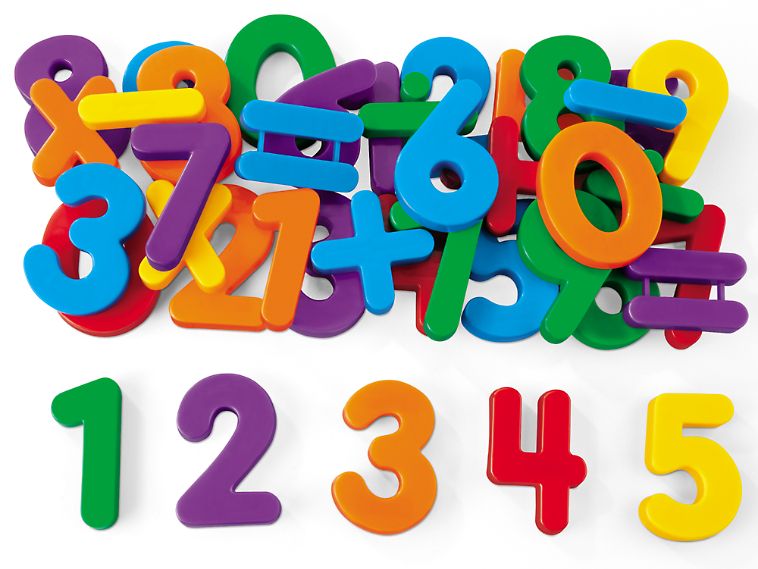 Retrieved on May 11, 2018 from https://www2.ed.gov/pubs/EarlyMath/title.html
Retrieved on May 11, 2018 from https://www2.ed.gov/pubs/EarlyMath/title.html
How to Build Early Maths Skills With Simple Activities
- Share
Read all about early maths skills and how you can build children’s skills with simple pre-number activities.
What is Early Maths?Early maths skills are usually pre-number skills, that is, skills that contribute to mathematical understanding without necessarily involving numbers.
They are the basic skills that children need to learn in order to be mathematically literate and build a solid foundation upon which to build understanding.
They are also an important component of school readiness.
6
Early Mathematical SkillsEarly numeracy skills are those that are precursors to understanding numbers, as well as some basic number understanding.
Here are some of these mathematical skills.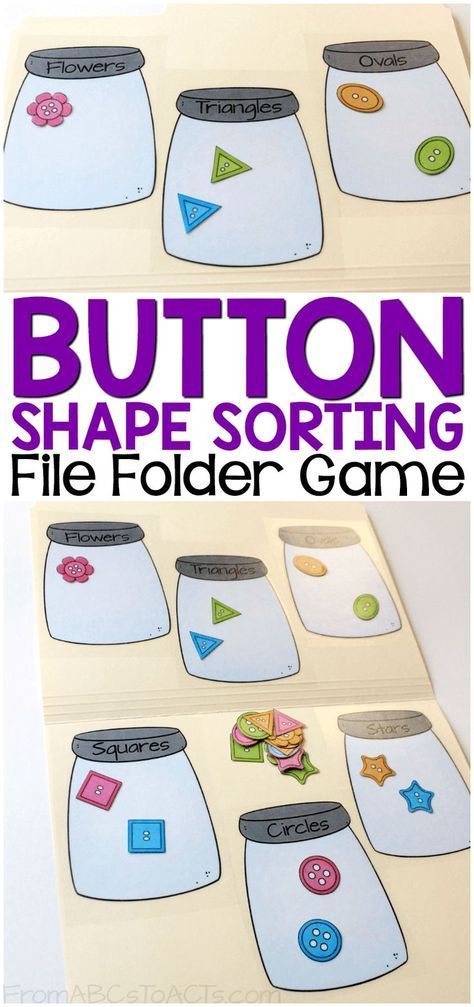
1.
Cardinality and CountingBeing able to count, not only by reciting numbers in the form of a list but also by demonstrating one-to-one correspondence – that is saying one number name for each item.
It also involves a deeper understanding that the value of a number demonstrates the ‘howmanyness’ of things.
2.
ComparisonBeing able to make comparisons between groups, quantities and numbers. This involves an understanding of ‘worth’ and of ‘more’ and ‘less.’
3.
CompositionComposition involves understanding how numbers are made from other numbers and how smaller numbers can be added together to make bigger numbers.
4.
PatternUnderstanding mathematical relationships by identifying and understanding different types of patterns.
Initially, this will likely be with colour and shape, but will ultimately lead to the ability to identify mathematical patterns.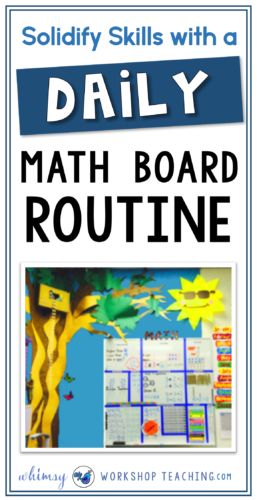
5.
Shape and SpaceWider mathematical thinking is developed through an awareness of shapes, their similarities and differences and how they can fit together.
6.
MeasurementComparing different aspects and properties of measurement such as height, weight and volume. Eventually, this will lead to comparison using standard units.
Why is Early Maths Important?Early maths builds a solid foundation for later mathematics, which is considered a core subject in most curriculums.
As well as numeracy skills such as learning to count and use numbers, early maths helps build skills such as problem solving, and developing spatial awareness.
Problem-solving skills are not only useful in future mathematical learning but across the board. The skills attained through early maths can be applied in a broad range of contexts across the curriculum.
How to Teach Early MathsLike all good early years practice, early maths concepts are best delivered through play.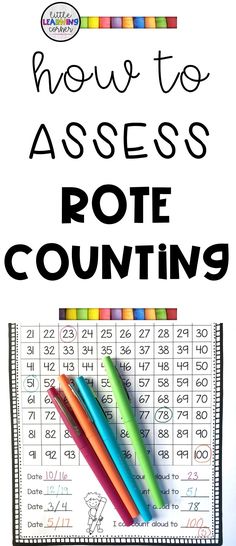 Children need to be engaged, motivated and able to think for themselves in order to get the best out of early maths teaching.
Children need to be engaged, motivated and able to think for themselves in order to get the best out of early maths teaching.
Young children have a natural curiosity and interest in the world around them. This makes teaching early maths skills simple to do in a hands-on way.
It is easy to reduce early maths to a tick sheet at a table with a collection of objects to count, but this is unlikely to be inspiring to young children.
It is also completely unnecessary as opportunities for learning mathematical skills are found everywhere in both everyday life and in preschool.
Rather, bring maths into play by asking “Whose tower is taller?” or “How can we share out these dinosaurs?” and in everyday scenarios such as “How many cups do we need for everyone in this group to have one each? How many have we got? How many more do we need?”
7 Simple Early Maths ActivitiesThese do not need to be complicated or involve expensive equipment. Here are a few ideas for activities that could be carried out at home or at school.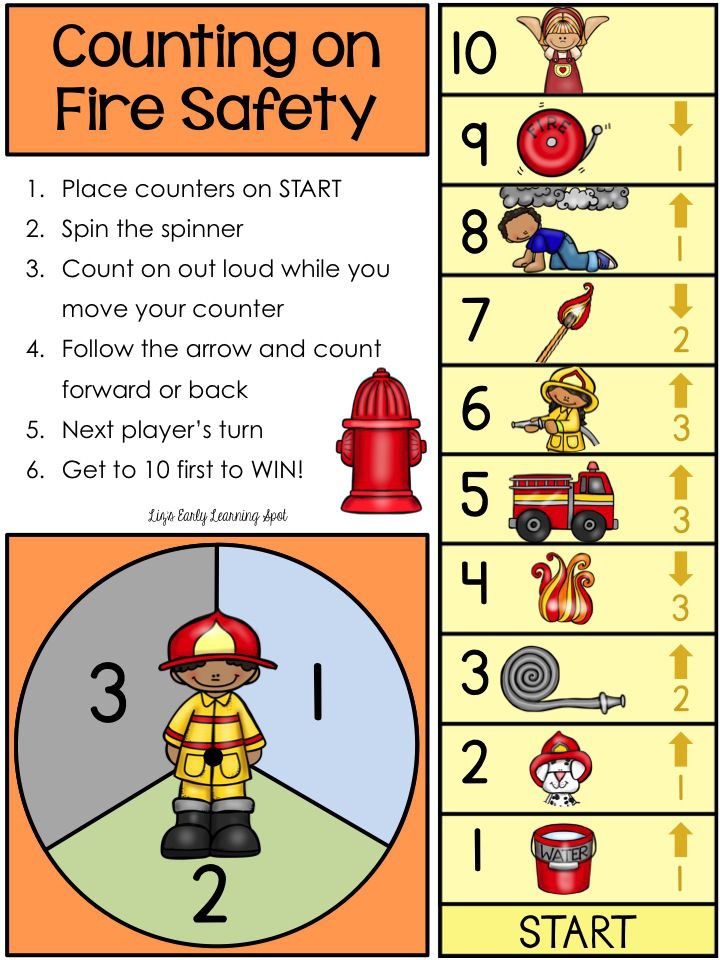
1.
BasketsProvide some baskets and a selection of objects and encourage children to undertake sorting and grouping activities.
There are many early maths skills that can be developed through this simple exercise and you can tailor the selection of objects to your particular children’s needs.
- For example, children can use the baskets to sort by shape, thereby exploring the properties of shapes.
- Positional language such as in front of, next to, behind, underneath, etc., can be used to describe where both items and baskets are.
- For older or more able children, the items placed in baskets can be counted, moving from simply reciting numbers, to one-to-one correspondence, being able to determine the total number in a group and also making comparisons between groups.
2.
CookingCooking activities are a favourite for most children and learning to cook is an important life skill.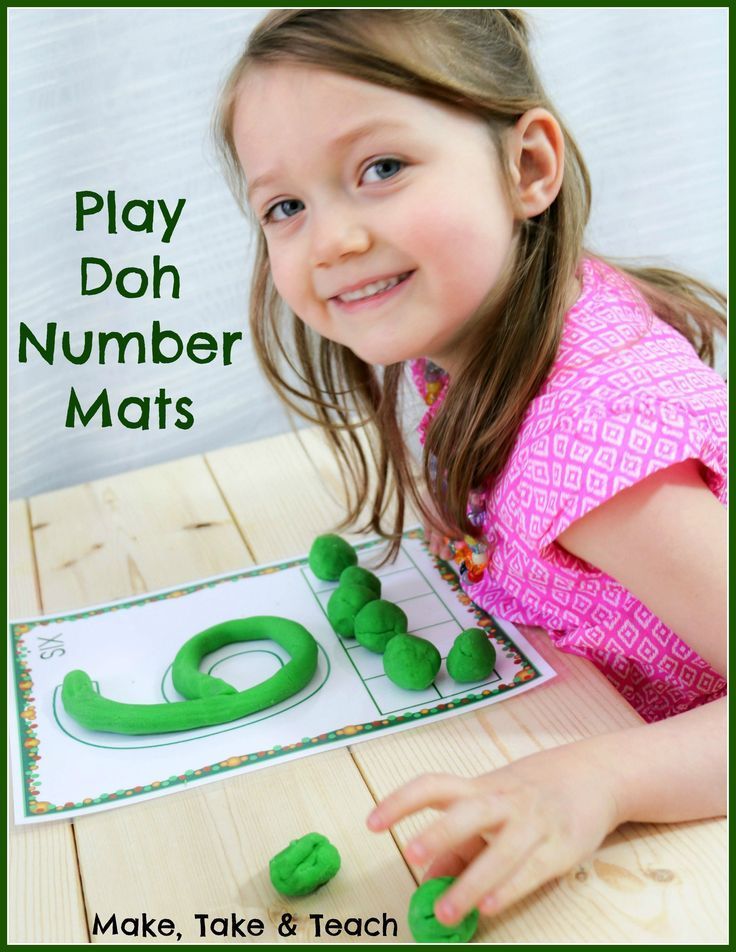 Alongside this, there is plenty of opportunity for mathematical thinking, activity and language.
Alongside this, there is plenty of opportunity for mathematical thinking, activity and language.
Children can choose a simple recipe to follow and be encouraged to collect the correct ingredients and weigh them out accurately.
There is plenty of opportunity for counting; ingredients, spoonfuls and products, and for using mathematical language to describe weight, size and quantity.
Using scales, measuring jugs, cups and spoons to measure ingredients accurately is a great learning opportunity too.
3.
Laundry SortingAs well as helping to get a household chore done, allowing small children to help with sorting laundry can also be beneficial to their early maths development.
They can categorize clothing by type, colour or who it belongs to.
They can also help to pair up socks – which helps them focus on size, length, colour or pattern, and build up an understanding of the term ‘pair’ (even better if there are a few odd socks in the mix!)
4. Building Blocks
Building BlocksMost children love building with blocks, and as well as enhancing creativity and enabling scientific understanding, building and stacking blocks has many benefits to mathematical development.
Children can analyze the properties of blocks to select appropriate blocks for different parts of the structure.
They can use language to describe this – straight, smooth, sloping, arched, and so on, as well as a more formal mathematical language like edges, corners, sides, cylinders and rectangles.
Building with blocks also gives ample opportunity for the development and use of positional language such as on top of, underneath, next to, in front of, behind, left, right and between.
Children can also begin to develop an understanding of balance and symmetry and use blocks in such a way as to fit in with this.
5.
Making PatternsUnderstanding and being able to identify, continue and create patterns lay the early foundations for later number work and mathematical thinking.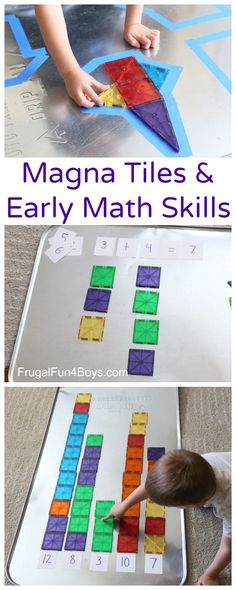
A great way to start developing this awareness is by using simple AB repeating patterns with colours. You might use cubes, blocks or beads, paint or coloured pens or dabbers on long pieces of paper.
As children progress through their understanding they can move on to more complex patterns.
Working with patterns helps children identify rules of how things work and figure out what should happen next based on what has happened before. They can also learn about predicting, generalizing and testing out ideas.
Patterns offer the opportunity for counting as children can count in units of ones or sets.
Patterns also build spatial awareness and give the opportunity for the use of positional language e.g. “the blue comes next” or “the red is in between the yellow and the blue.”
6.
Board GamesThere are plenty of high-quality board games available for young children and many of these help to develop early numeracy skills.
Memory games involving matching pairs are popular and build up children’s ability to recognize similarities and differences which is important for later mathematical learning.
Games involving using dice help children to recognize quantities quickly, also called subitizing, which is important for building mathematical competencies.
Counting aloud and moving one space for each number helps children to develop one-to-one correspondence.
Choosing a selection of games based on children’s interests is a great way to develop mathematical skills alongside social learning.
This post contains affiliate links for educational products that I personally recommend. If you purchase through one of them, I earn a commission at no extra cost to you. Read the terms and conditions for more details.
7.
Outdoor Mud KitchenLearning early maths skills is certainly not restricted to the indoor environment and as most children love playing outdoors it makes sense to take their learning outdoors too.
A mud kitchen is such a versatile piece of play equipment that it is certainly worth investing in (here is a great one), but it doesn’t need to be a specialized piece of equipment marketed as a ‘Mud Kitchen’ – really anything will do.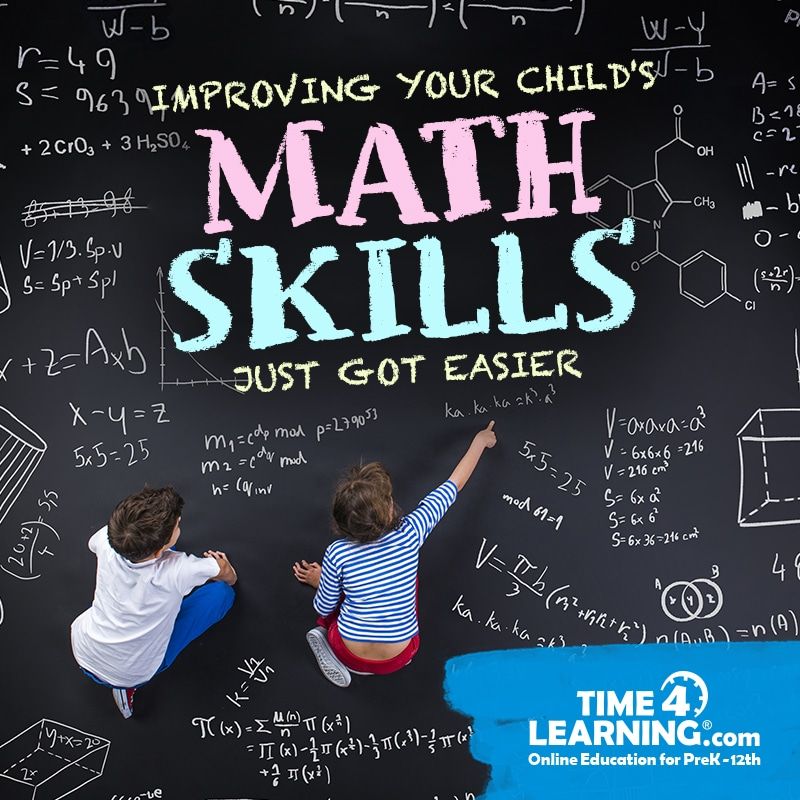
Some tubs, jugs, lots of containers of different sizes and water, mud, sand, gravel and so on for mixing up recipes is all you really need.
For very young children, filling and emptying containers builds a rudimentary understanding of quantity, shape and space whilst older children can begin to use the language associated with this; full, empty, more, less.
Adding weighing scales – either digital, analogue or balance scales – is a great way to maximize mathematical learning opportunities in a mud kitchen.
Younger children love experimenting with weighing scales, filling the bowls and watching the numbers move or trying to balance scales or make their own side heavier.
Older children may be able to understand concepts of weighing more or less, being heavier or lighter and begin to understand the value of numbers.
I hope you’ve enjoyed these pre-number activities.
Get FREE access to Printable Puzzles, Stories, Activity Packs and more!
Join Empowered Parents + and you’ll receive a downloadable set of printable puzzles, games and short stories, as well as the Learning Through Play Activity Pack which includes an entire year of activities for 3 to 6-year-olds.
Access is free forever.
Signing up for a free Grow account is fast and easy and will allow you to bookmark articles to read later, on this website as well as many websites worldwide that use Grow.
- Share
Scientists have found out what children’s mathematical abilities depend on in children - RIA Novosti, 10/23/2020
Scientists have found out what children's mathematical abilities depend on Results... RIA Novosti, 10/23/2020
2020-10-22T21: 00
2020-10-22T21: 00
2020-10-23T12: 01
Science
Germany
Health
Biology
Neurophysiology
Neurobiology
Social navigator
/html/head/meta[@name='og:title']/@content
/html/head/meta[@name='og:description']/@content
https://cdnn21.img .ria.ru/images/156073/19/1560731952_0:75:1440:885_1920x0_80_0_0_dd6b81676e0b93c5fdb3e16f5daa929a.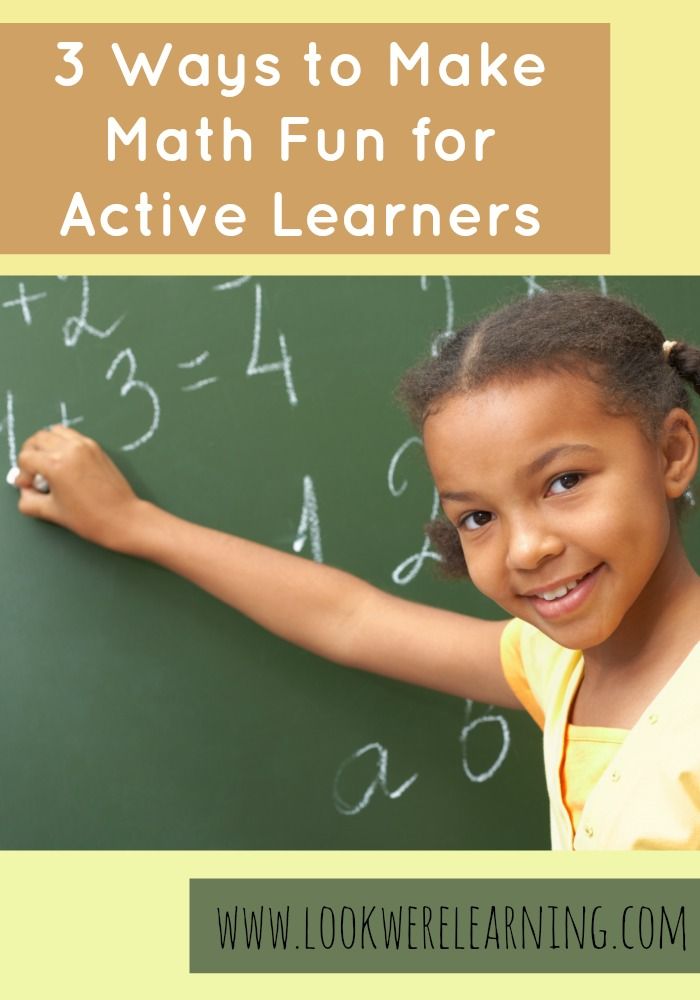 jpg
jpg
MOSCOW, October 22 - RIA Novosti. German neuroscientists have studied the relationship between variations in certain genes, cortical volume and mathematical ability in children. The results of the study were published in the journal PLOS Biology. It is known that mathematical abilities are inherited and are associated with several genes that express proteins in the brain. But until now, it was not clear how these genes affect brain development, and how their variations are critical for the manifestation of mathematical abilities at an early age. To fill this gap, scientists from the Max Planck Institute for Cognitive Research in Human and Brain, led by neuropsychologist Michael Skeide ( Michael Skeide, together with colleagues from the University of Leipzig and Martin Luther University of Halle-Wittenberg, conducted a study of the volume of the cerebral cortex in preschool children to predict their ability in mathematics in the lower grades of school, and then tested their predictions in practice. Initially, in the study 178 ordinary children from three to six years old who did not have special mathematical training participated. Then, a few years later, the scientists compared the data with the results of math tests when these children were already between seven and nine years old. The scientists used genotyping and brain imaging methods using magnetic resonance imaging. They analyzed 18 genetic variants of single nucleotide polymorphisms that affect the block of DNA, which includes ten genes that previous studies have identified as responsible for mathematical ability in children. They then studied the relationship between these variants and the volume of gray matter, consisting of nerve cell bodies, in the brains of children. . Finally, they identified areas of the brain where gray matter volume correlated with math test scores. The scientists found that the ROBO1 gene regulates prenatal growth of the outermost layer of neural tissue in the brain and gray matter volume in the right parietal cortex, an area of the brain that plays a key role in shaping the idea of quantity and the development of the data processing system.
Initially, in the study 178 ordinary children from three to six years old who did not have special mathematical training participated. Then, a few years later, the scientists compared the data with the results of math tests when these children were already between seven and nine years old. The scientists used genotyping and brain imaging methods using magnetic resonance imaging. They analyzed 18 genetic variants of single nucleotide polymorphisms that affect the block of DNA, which includes ten genes that previous studies have identified as responsible for mathematical ability in children. They then studied the relationship between these variants and the volume of gray matter, consisting of nerve cell bodies, in the brains of children. . Finally, they identified areas of the brain where gray matter volume correlated with math test scores. The scientists found that the ROBO1 gene regulates prenatal growth of the outermost layer of neural tissue in the brain and gray matter volume in the right parietal cortex, an area of the brain that plays a key role in shaping the idea of quantity and the development of the data processing system.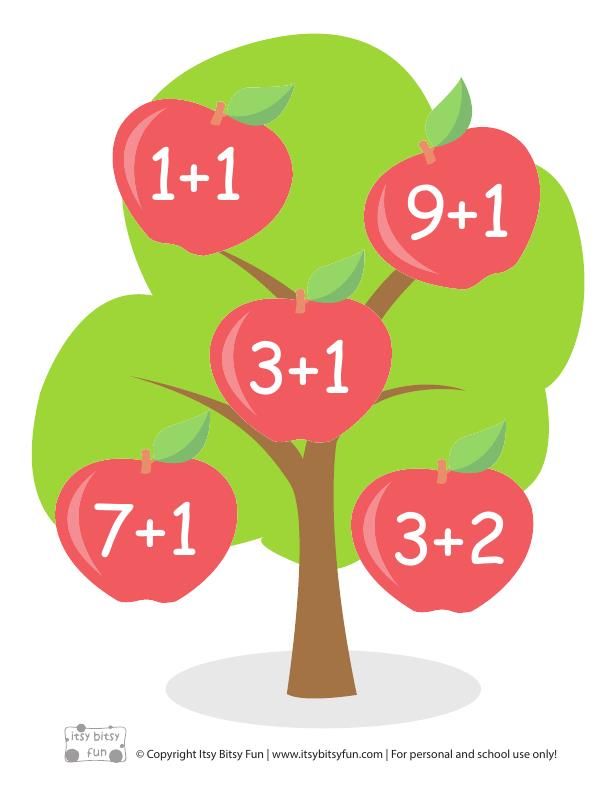 Researchers have found that the anatomical differences determined by this gene are formed at a very early age, and by the age of seven or nine are already clearly manifested in tests in mathematics, as well as the fact that a fundamental genetic component of the quantitative data processing system is associated with the early development of the parietal cortex. The authors believe that by studying the genetic variations of ROBO1 and the volume of the right parietal cortex in young children, one can accurately predict their mathematical abilities in the future. nine0003
Researchers have found that the anatomical differences determined by this gene are formed at a very early age, and by the age of seven or nine are already clearly manifested in tests in mathematics, as well as the fact that a fundamental genetic component of the quantitative data processing system is associated with the early development of the parietal cortex. The authors believe that by studying the genetic variations of ROBO1 and the volume of the right parietal cortex in young children, one can accurately predict their mathematical abilities in the future. nine0003
https://ria.ru/20201022/koronavirus-1581028171.html
https://ria.ru/20201008/muzyka-1578840431.html
Germany
RIA Novosti
9000 1 9000 3000 9000 4.796
7 495 645-6601
FSUE MIA "Russia Today"
https: //xn--c1acbl2abdlkab1og.xn--p1ai/awards/
2020 9000 9000 9000 9000 9000 9000 9000 9000 9000 9000 9000 9000 9000 9000 9000 9000 RIA Novosti
1
5
4.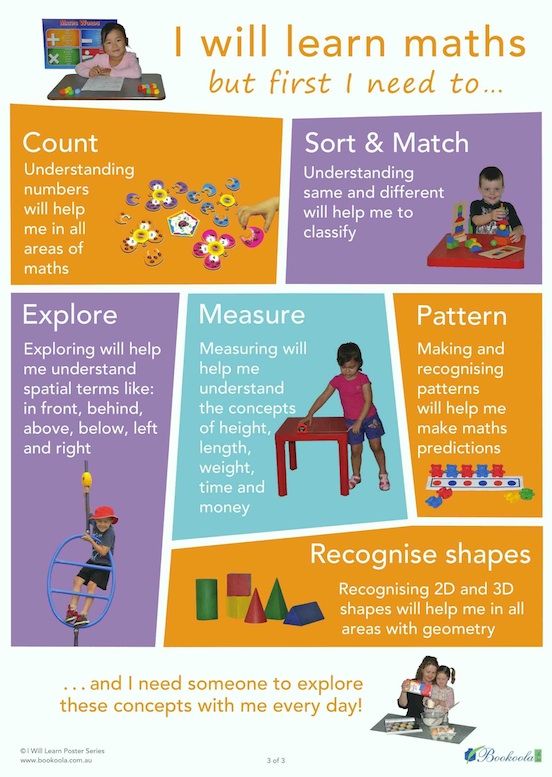 7
7
96
7 495 645-6601
Rossiya Segodnya
https://xn--c1acbl2abdlkab1og.xn--p1ai/awards/
News ru-RU
https://ria.ru/docs/about/copyright.html
https://xn--c1acbl2abdlkab1og.xn--p1ai/
RIA Novosti
1
5
4.3
96
7 495 645-6601
Rossiya Segodnya 95 645-6601
Federal State Unitary Enterprise MIA Russia Today
https: //xn---C1acbl2abdlkab1og.xn--p1ai/Awards/
RIA Novosti
1
5
4.7 9000 9000
Internet- [email protected]
7 495 645-6601
Rossiya Segodnya
https://xn--c1acbl2abdlkab1og.xn--p1ai/awards/
social navigator
Science, Germany, Health, biology, neurophysiology, Neurobiology, Social navigator
MOSCOW, October 22 - RIA Novosti. German neuroscientists have studied the relationship between variations in certain genes, cortical volume and mathematical ability in children. The results of the study are published in the journal PLOS Biology.
The results of the study are published in the journal PLOS Biology.
Mathematical ability is known to be inherited and is associated with several genes that express proteins in the brain. But until now, it was not clear how these genes affect brain development, and how their variations are critical for the manifestation of math abilities at an early age. nine0003
To fill this gap, scientists from the Max Planck Institute for Human Cognitive and Brain Research, led by neuropsychologist Michael Skeide, together with colleagues from the University of Leipzig and the Martin Luther University of Halle-Wittenberg, conducted a study of the volume of the cerebral cortex in preschool children to predict their math ability in elementary school, and then tested their predictions in practice.
Initially, the study involved 178 ordinary children from three to six years old who did not have special mathematical training. Then, a few years later, the scientists compared the data with the results of tests in mathematics, when these children were already from seven to nine years old. nine0003
nine0003
October 22, 2020, 16:27Science
Scientists have established how coronavirus affects the nervous system
Scientists used genotyping and brain imaging methods using magnetic resonance imaging. They analyzed 18 genetic variants of single nucleotide polymorphisms that affect the block of DNA, which includes ten genes that previous studies have been found to be responsible for mathematical ability in children.
They then studied the relationship between these variants and the volume of gray matter, which is made up of nerve cell bodies, in the brains of children. Finally, they identified areas of the brain where gray matter volume correlated with math test scores. nine0003
Scientists have found that the ROBO1 gene regulates prenatal growth of the outermost layer of neural tissue in the brain and gray matter volume in the right parietal cortex, an area of the brain that plays a key role in the formation of quantity perception and the development of the data processing system.
Researchers have found that the anatomical differences determined by this gene are formed at a very early age, and by the age of seven to nine are already clearly manifested in tests in mathematics, and that a fundamental genetic component of the quantitative data processing system is associated with the early development of the parietal bark. nine0003
The authors believe that by studying the genetic variations of ROBO1 and the volume of the right parietal cortex in young children, it is possible to accurately predict their mathematical abilities in the future.
October 8, 2020, 15:48Science
Neuroscientists have figured out how music lessons affect the brain Why study, the benefits of doing mathematics
Scientists from Stanford University in the USA studied the process of solving mathematical problems by a person and found out that adults use thinking and the skill, brought to automatism, to “get” the answers already there from memory. nine0003
nine0003
Children under 7 often resort to the help of fingers and toes, as well as various substitutes (real objects, counting sticks). In the "transitional period", at the age of 7 to 9, schoolchildren form the "adult" skill of "thinking", comprehending and remembering information.
An interesting study was published in the journal Nature Neuroscience in 2014. First of all, it was devoted to the study of the role of the hippocampus (an area in the brain) in the development of cognitive activity in children. But his indirect conclusions are as follows: nine0003
- if you want your child to have no problems with math at school, train your memory at an early age;
- solving mathematical problems develops memory.
3. Math builds character
For the correct solution of mathematical and logical problems, attentiveness, perseverance, responsibility, accuracy and accuracy are needed.
The more regularly a child trains these "muscles of character", the stronger they become, the more often they help the child in solving not only educational problems, but also life problems.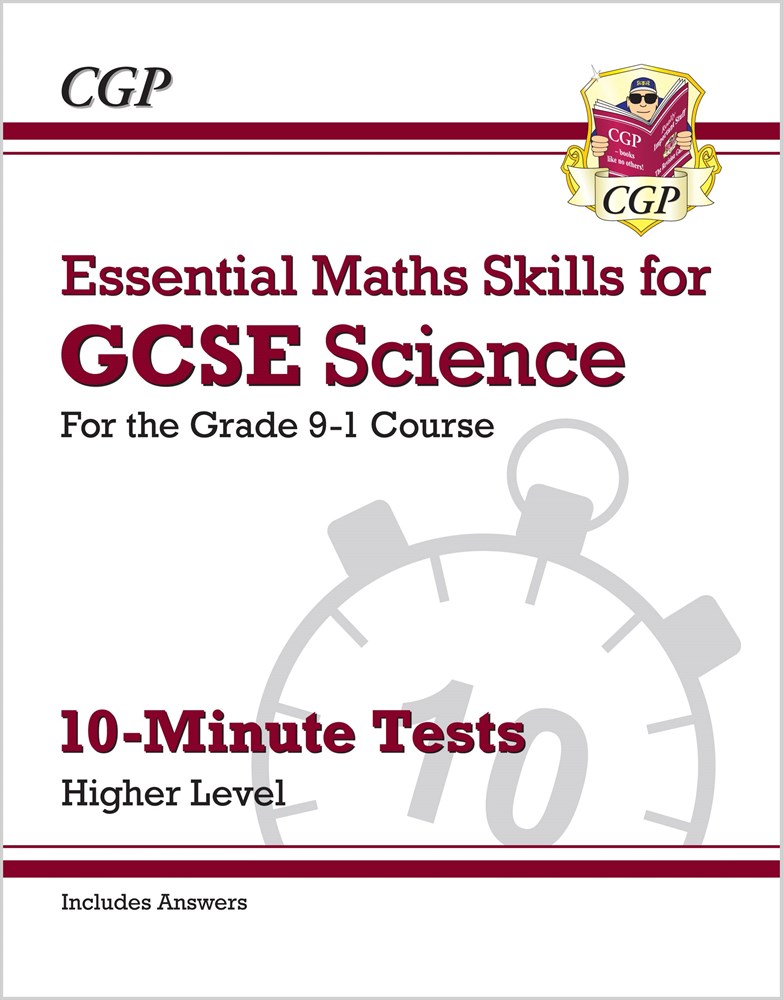 nine0003
nine0003
LogicLike is the right training platform for 20-60 minutes a day. Solve problems, participate in olympiads in logic and mathematics, develop the will to win and the ability to win!
We create both simple and Olympiad problems that you want to solve:
- tasks for grade 1;
- assignments for grade 2;
- assignments for grade 3.
4. Music for mathematics, mathematics for music nine0213
A comprehensive study by Barbara H. Helmrich of the College of Notre Dame in Baltimore found that children who played musical instruments in middle school did significantly better in math in high school.
Scientists have found that the same part of the brain is responsible for solving algebraic problems and processing musical information.
"The largest average difference in algebra scores between any two groups of subjects was found between African-American 'instrumental' groups and groups of 'non-musical' students.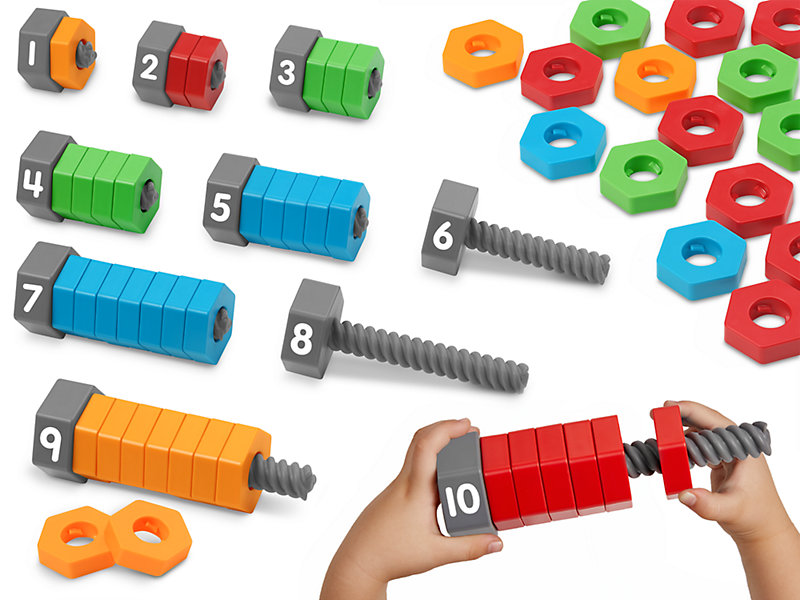 " nine0003
" nine0003
Paradoxically, scientists didn't seem to be interested in feedback.
After all, if the same part of the brain is responsible for the development of mathematical and musical abilities, it is possible that doing mathematics improves musical abilities.
I remember Sherlock Holmes, who was both an excellent detective and a talented violinist. Many will say that the famous English detective is just a fiction, but he had his own real prototype, a mentor and friend of Arthur Conan Doyle. The greatest physicist Albert Einstein was also a passionate violinist. nine0003
5. Math Helps You Succeed in the Humanities
It is early mathematical abilities that are a sure prerequisite for the fact that in the future the child will not only understand mathematics well, but also succeed in other school disciplines. Next in importance for contributing to academic success are reading skills and the ability to manage one's attention.
Such conclusions were reached by scientists in the field of education and social policy at Northwestern University in Evanston.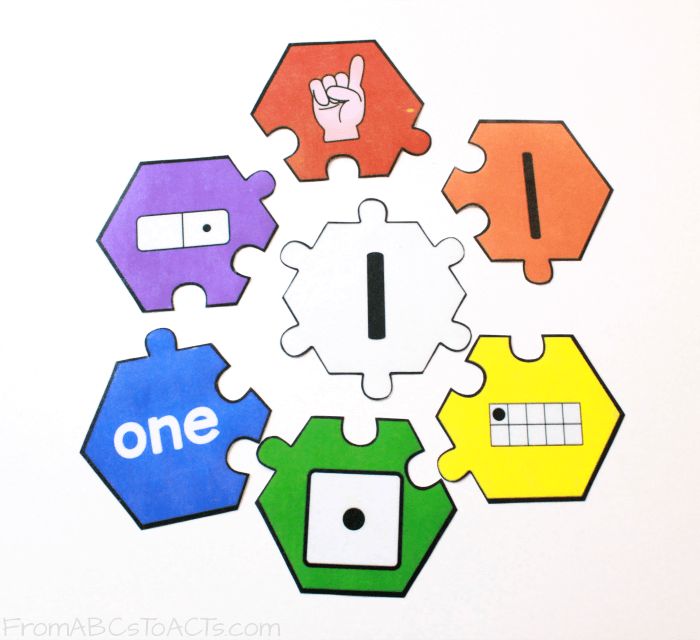 During the study, they assessed the relationship of key elements of school readiness (basic skills for school admission - "academic" readiness, attention, social-emotional skills) with further academic success. nine0003
During the study, they assessed the relationship of key elements of school readiness (basic skills for school admission - "academic" readiness, attention, social-emotional skills) with further academic success. nine0003
Mathematics is an interdisciplinary science, it is closely related to physics, geography, geology, and chemistry. Sociology and economics are inseparable from mathematics, and many of the conclusions of even the usual humanities, such as linguistics, journalism, are based on mathematical models and concepts, mathematical and logical laws.
6. Develops skills for solving everyday problems
Barbara Oakley, PhD, brain stem cell researcher and author of Think Like a Mathematician, emphasizes: nine0003
“Mathematics saves us from “magical thinking” - we strive to delve into the essence of things and do not rely on chance and higher powers.”
The more difficult the math problems become, the more skills are required to solve them. The child learns to reason, build sequences, think through algorithms, juggle several concepts at once, and these skills become a habit.
Thanks to mathematics, we get rid of bad habits: nine0003
- we do not speculate, but operate only in exact terms;
- we do not just memorize information and rules mechanically, but evaluate it, analyze it, reflect in order to understand and learn new material, a new life lesson.
7. Mathematics is the basis of a successful career
If 10-15 years ago the study of foreign languages was considered promising, now you will not surprise anyone with fluency in several languages. Now professional demand largely depends on the understanding of technology, the ability to think, abstract and the ability to solve non-standard problems. It is extremely difficult for those who want to work in the IT field to do without knowledge of mathematics. nine0003
Abstract, critical and strategic thinking, analytical skills, the ability to build algorithms are a “must-have” for a good developer.
TOP 5 soft skills. Source: amazonaws.com
Successful mathematics classes give self-confidence, because success in it requires perseverance in striving to solve the most complex, sometimes, at first glance, “unsolvable” tasks and problems.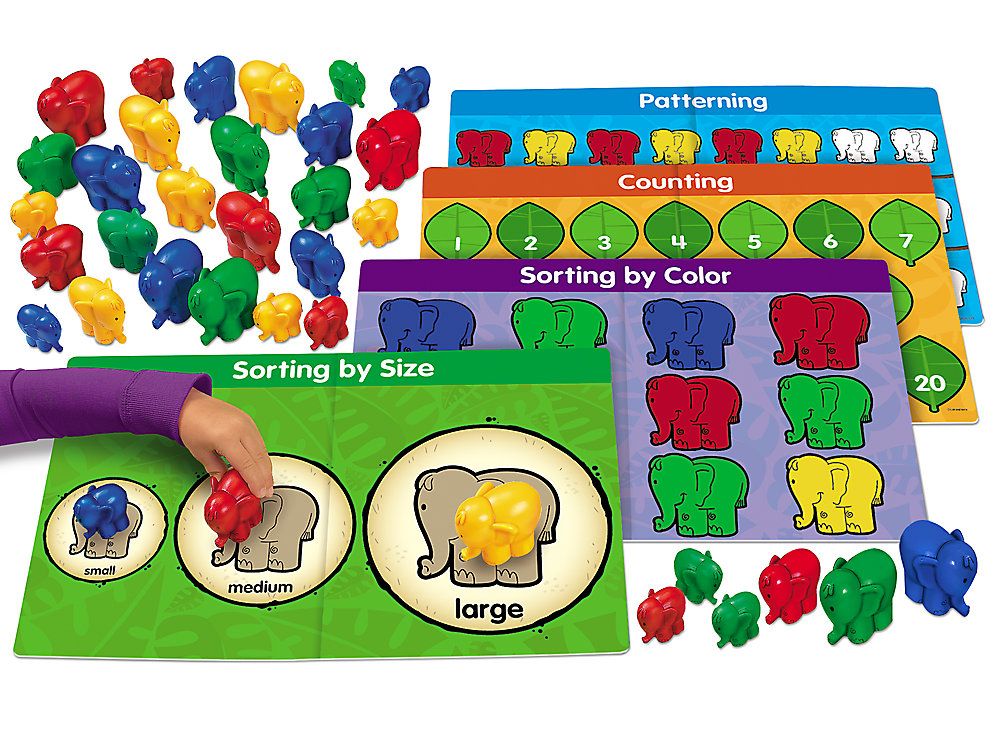
Test your strength: Math puzzles to help you: 9 selected well-known tasks for ingenuity. How many can you decide?
8. Problem Solving Builds Mental Resilience
Solving mathematical problems helps to improve the emotional background - this activity can relieve anxiety, helps control emotions and prevents stress.
These conclusions were reached by scientists from Duke University in the United States, who were able to prove this in a study published in the journal Clinical Psychology in 2016. nine0003
9. Pleasure from "x"
For a serious student of mathematics, mathematical formulas, equations and other logical and mathematical problems embody beauty, harmony and provide the same aesthetic pleasure as music, art and a good joke, says a group of researchers from several universities in the UK.
With the help of functional magnetic resonance imaging, the activity of the brain activity of the subjects was recorded during the demonstration of mathematical equations, formulas and tasks.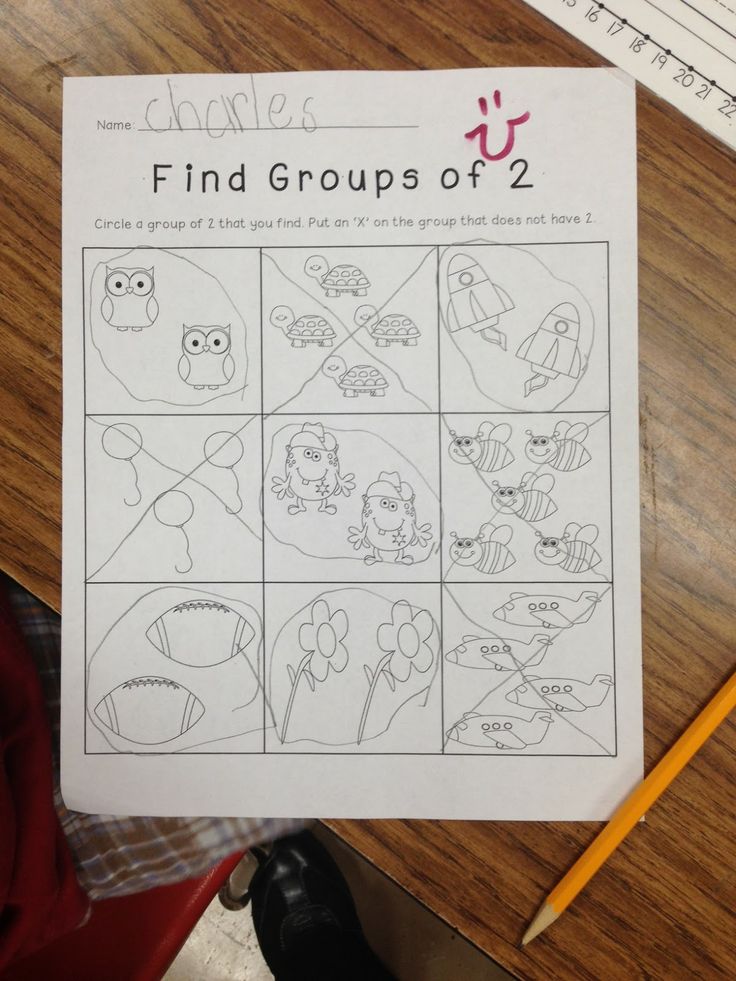 The results of the study were published in the journal Frontiers in Human Neuroscience in 2014. nine0003
The results of the study were published in the journal Frontiers in Human Neuroscience in 2014. nine0003
How to learn to experience the joy and pleasure of doing mathematics tells the famous American mathematician, a graduate of Harvard University, Stephen Strogatz. Applied Mathematics teacher, award-winning math and teacher in the pages of his book "The Pleasure of X" enthusiastically explains the most significant mathematical ideas in a simple and understandable way.
Try logic and math classes at LogicLike.com! nine0213
We are convinced that children, especially those aged 5-9, do not need to be told how important it is to study mathematics. It is much more important to give the child the opportunity to plunge into the world of entertaining interactive mathematics.
Learning on the LogicLike platform, children solve interesting logical problems, earn their first "star" awards for correct answers, play modern logic games - and get not only benefit, but also real pleasure from such mathematics.